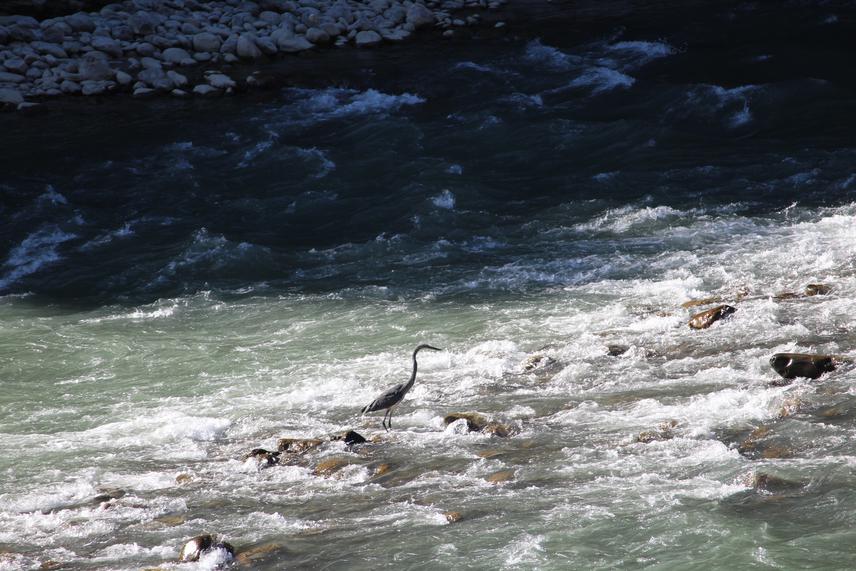Chhimi Dorji
The study aims to assess the current habitat status, threats, identification of potential habitat and to create conservation awareness education to the local communities.

The White-bellied heron (Ardea insignis) is critically endangered species which is placed under IUCN red list and is also listed amongst the top 100 most Evolutionarily Distinct and Globally Endangered (EDGE) species. The Punatsangchu River Basin appears to be the main habitat of Adrea insignis in Bhutan with report of 26 mature individuals but it is under massive threat due to activities and plans to construct seventeen hydro-projects under Power System Master Plan (2003) of Bhutan and ever increasing human developmental activities. Therefore, this study aims to assess the current habitat status, threat to their conservation, identification potential habitat, and to create conservation awareness education of the species to the local communities for the long term survival of the species.
The study would collect information on general habitat condition in the river basin and evaluate reasons for site occupancy/ non-occupancy along the river stretches. Status of fishes which are the primary food for the birds will be documented and existing disturbances in the river basin especially the Hydro-power plants and potential threats to the bird will be assessed. White bellied heron is seen to occupy only certain sites along the river as their habitat. To save threatened species one needs to know where species prefers to live and what their requirements are for survival (i.e. ecological niche). With use of MaxEnt tool, habitat distribution and potential habitat distribution will be determined and mapped. This is important firstly to conserve and protect the preferred habitat and secondly to develop and enlarge the potential habitat to habitat of the bird using the information from the habitat assessment. The minimum e-flow requirement for the area to be chosen as habitat will also be known. This will help in taking mitigation measures for hydro-projects construction and other developmental activities. The research outcomes will be made accessible to general public at local, national and international level, which it can fill up the existing research gap. The project will sensitize the local communities on the conservation of the critically endangered White-bellied Heron.